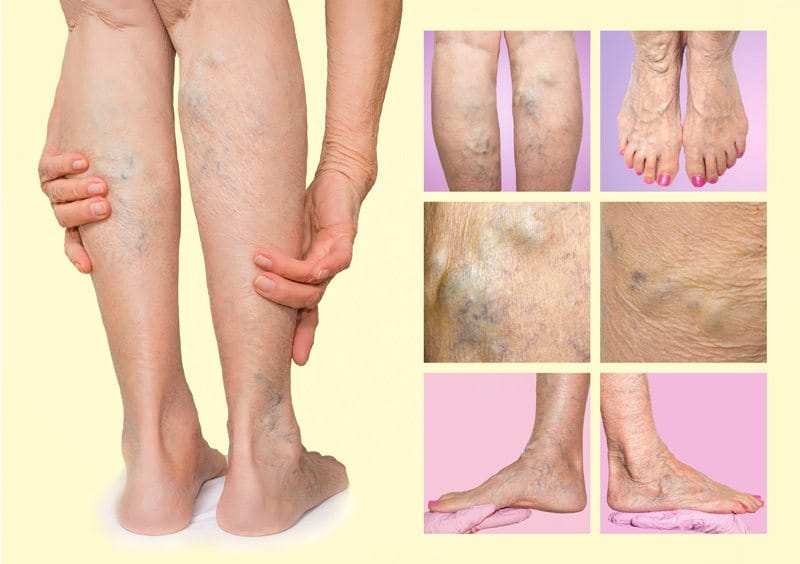
Learn the Health Risks of Untreated Varicose Veins:
If left untreated for a prolonged period, varicose veins pose some potential major health risks that could leave you hospitalized and in pain.
1. Changes in Skin
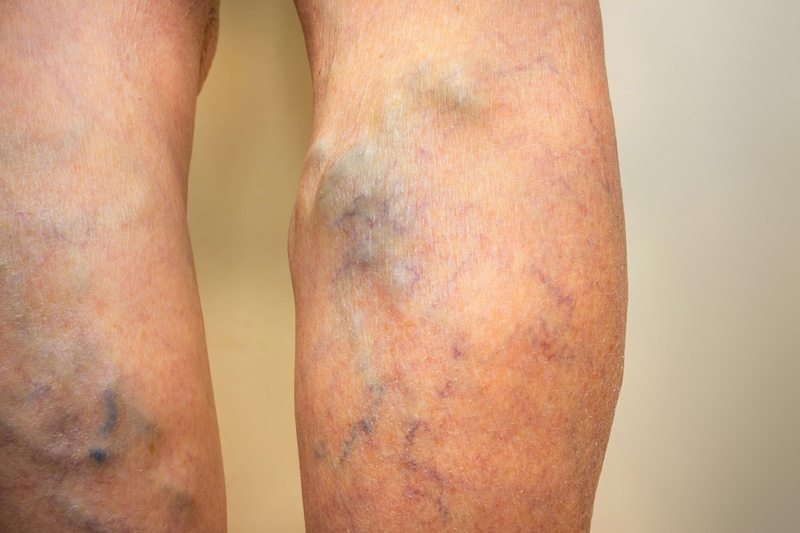
The skin near an untreated varicose vein will turn “shiny”, feel waxy and thin, and take on a darker, almost bruised pigmentation. This will deepen over time without treatment. The skin around a varicose vein is easily disturbed and delicate enough to be damaged by a slight bump. Heavy bruising is not uncommon.
While not a serious health risk, this symptom causes many to feel self-conscious about their skin. Dermatitis from the varicose vein could lead to infection if not treated properly.
2. Itching
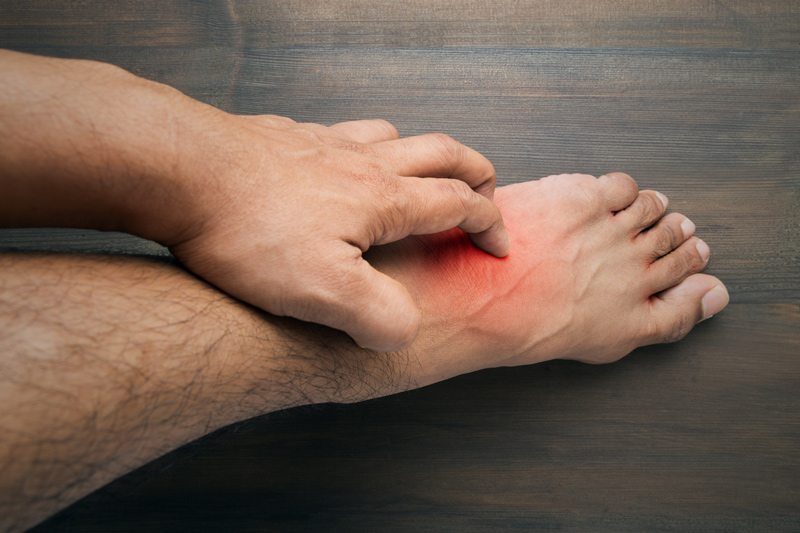
One of the most common symptoms of untreated varicose veins is an “itching” sensation. It is often treated as dry skin if varicose veins are not obvious. This symptom is one of the mildest on this list and can often be treated with over-the-counter skin salves and ointments. Seeking the opinion of a specialist is important to make sure that there aren’t serious issues happening beneath the skin.
3. Swelling
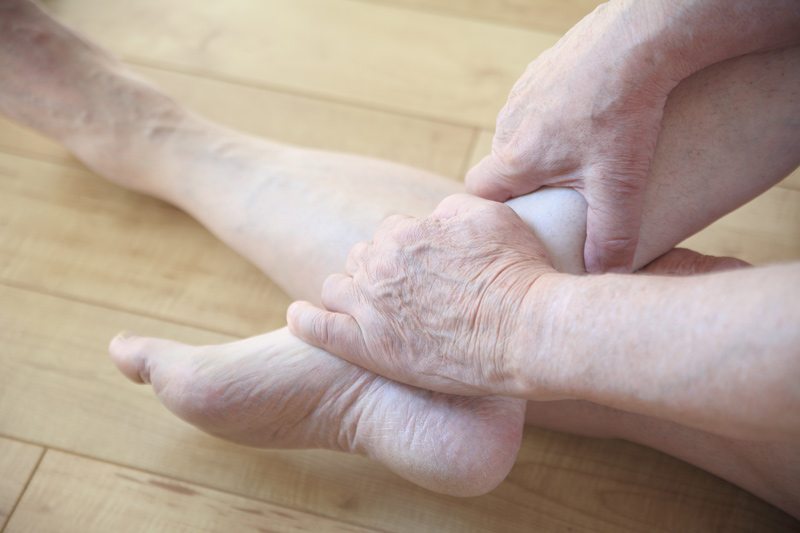
While some people may never feel any discomfort due to appearance of varicose veins, there are many who experience leg swelling, cramps, restlessness, and even burning sensations.
4. Pain and Cramping
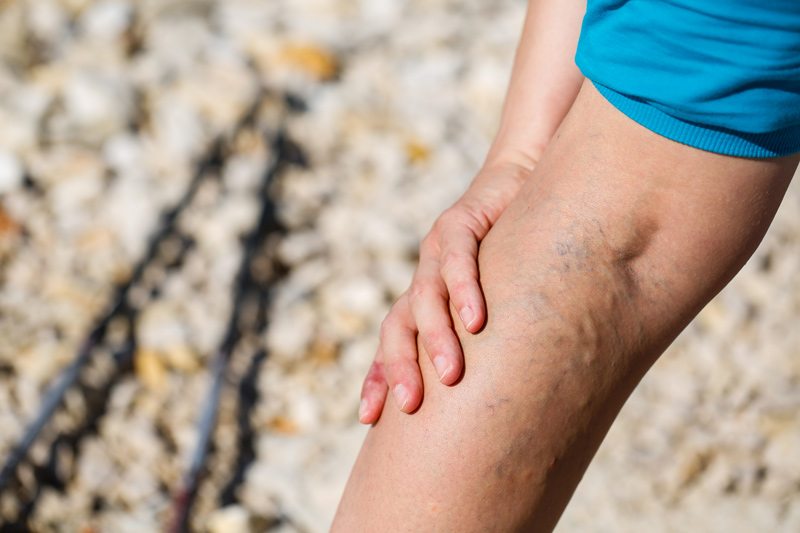
Because varicose veins affect the flow of blood through the veins, oxygen that is carried through the blood does not reach the proper areas, leading to muscle cramps near the site of the vein. These cramps are painful, sometimes debilitating, and can severely affect mobility.
5. Bleeding
Some experience bleeding when veins close to the skin burst. While this isn’t usually a very serious health risk it’s important to have veins checked and treated so it does not continue to occur. Bleeding can sometimes prove heavy. In cases of bleeding, it is important to seek medical assistance.
6. Ulcers Due to Untreated Varicose Veins

Venous diseases can also cause leg ulcers. An ulcer is a break in the skin, which is dangerous due to exposure to bacteria and infection. According to Mayo Clinic, these ulcers are caused by long-term fluid buildup in the tissues surrounding the varicose veins due to “increased pressure of the blood within the affected veins”. These ulcers are slow-healing, painful, and can even be caused simply by scratching the skin over a varicose vein.
Leg ulcers can easily get infected and lead to further health complications. Treating a varicose vein is paramount to treating an ulcer, as the ulcer is not likely to heal while the vein is still affected. Healing leg ulcers can take a very long time and often require a wound care specialist. This can be avoided with proper vein treatment before the ulcers take hold.
7. Superficial Thrombophlebitis
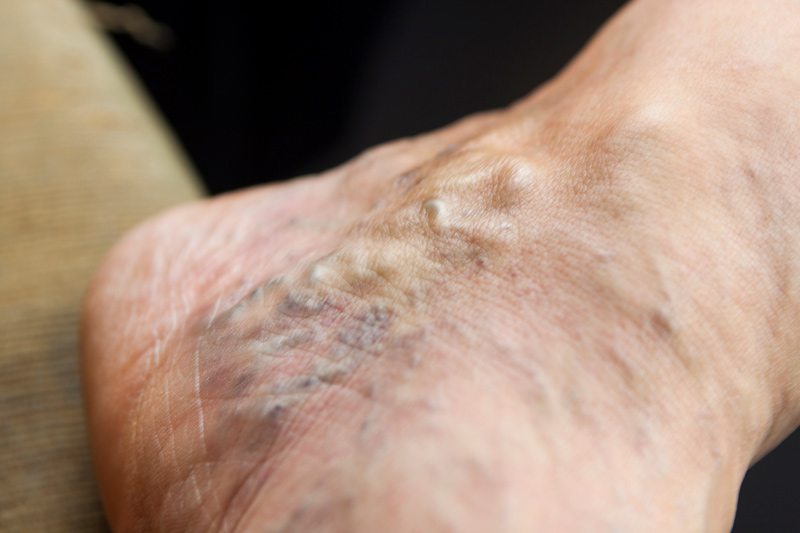
This condition occurs when a blood clot forms in a vein that is close to the skin, causing it to swell and push against the dermis (layer of skin under the epidermis), making it visible. This symptom causes discomfort and can lead to more complications, since the vein is more vulnerable to damage or irritation.
8. Deep Vein Thrombosis (Blood Clots)
When varicose veins are present, the blood in the veins is unable to cycle back through and pools in the body. This creates what is called “stagnant blood flow”. A blood clot located in deep veins is known as deep vein thrombosis. While superficial veins are not at risk for deep vein thrombosis, often those who experience discomfort from varicose veins may not realize that perhaps their discomfort is from deep veins.
Blood clots for superficial veins are often not much of a health problem; however, according to WebMD clots found in deep veins have the potential to travel through the bloodstream to the lungs, causing potentially life-threatening issues. This is one of the most serious health risks associated with untreated varicose veins.
9. Lipodermatosclerosis
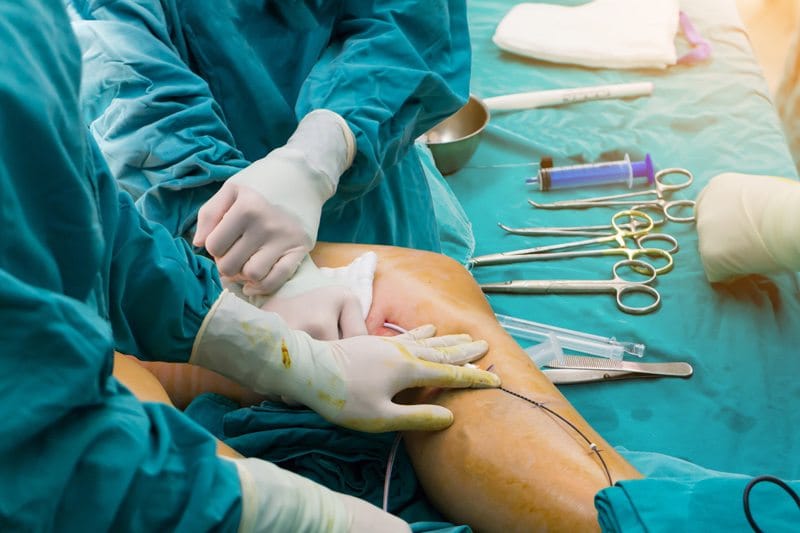
Don’t Ignore Unsightly Veins
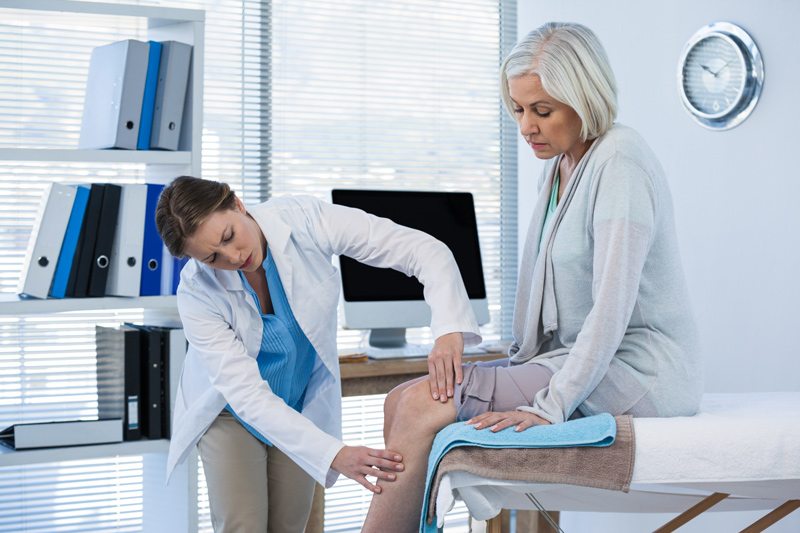
While many unsightly veins prove simply superficial, there are potential risks to ignoring them. It is important to have visible veins checked, and if necessary, treatment by a medical professional to avoid future issues that may cause discomfort, stress, and serious health problems.
Call today to schedule an appointment at The New Jersey Vein and Vascular Center, a leading center for treatment of varicose vein disease and venous insufficiency, or visit our website for more information.

